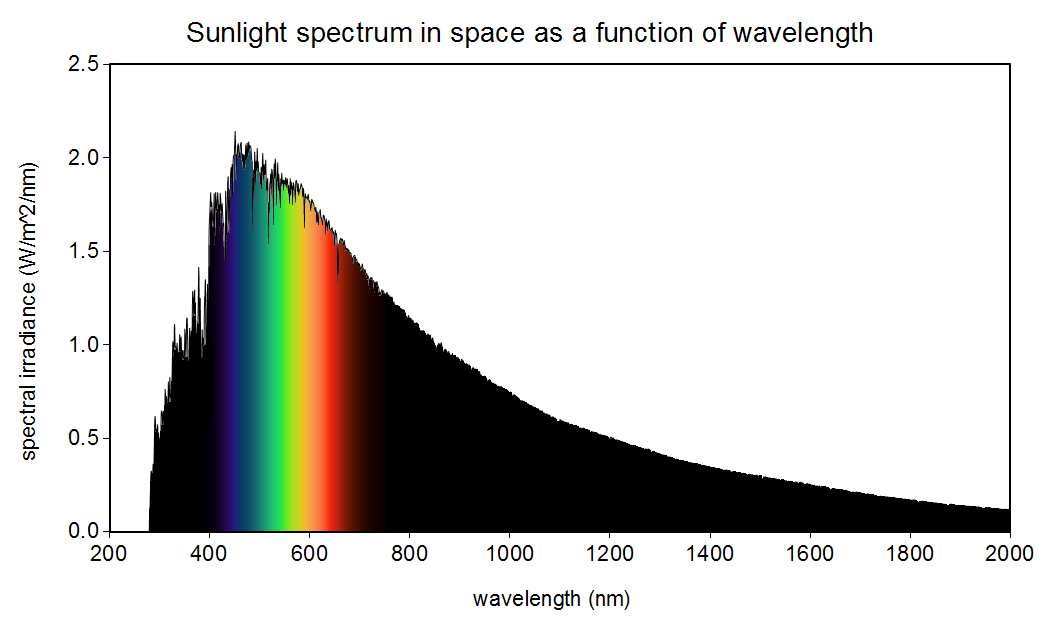One thing is for certain, this plant has been growing with a decent and sometimes excessive amount of UV radiation for 1,000's of years. Only in the last 40 years or so has it been brought in doors and grown Without It. So I think doing everything possible to recreate what it's been used to dealing with outside, inside our setups is always going to be a good thing.
For YEARS it was thought UV was the vehicle for the creation of the THC compound within the trichomes head once it passed through the stalk and into the membrane, but that's obviously not how it is.
I have not read the whole thread ,in order to have a more complete picture of what was discussed about the effects of UV light on cannabis ,but since it has been somewhat of a “holy grail “ as long as I can remember ,there has been plenty of research in the past also .
At your post there are pretty interesting things stated .
Facts, actually .
In another relative thread I ‘ve read something about UVC lamps used .
That’s pretty weird ,because there’s absolutely no UVC reaching the surface of the Earth ,as it ...was blocked by the ozone layer of the atmosphere.Absolutely not a natural thing to irradiate the poor plants with UVC ...It will fry their cell DNA within minutes ...The effects won’t change using less power.Simply the affected area will be smaller.
Anyway ...
I’m not going to support that few watts of light within the region from 280 nm to 420 nm are not beneficial
to the quality of the final product.
But ,I’m going to unfold an alternative theory ,based on the spirit of your post.
Of course ,is not my theory ,not a creation of my mind.
It’s just that this alternative version of the UV tale seems to be neglected completely .
This theory dictates that the use of UV lights has a noticeable positive effect on the terpene,cannabinoid,flavonoid and other antioxidants that the plant produces ,but the difference is not
really to write home about .Tests and researches done at past ,revealed that the antioxidants increased in
total mass about 10%_if I remember correctly-(Edited) by increased trichome production .They concluded that UV supplementation is too much trouble ,
for the given final results.
Another interesting conclusion were that most probably it’s the actual genetics that play the first role when it comes to antioxidant profile and concentration.
Plants are already genetically prepared to deal with certain stress factors.
For some of those stress factors ,they will respond only if they are "triggered" ,like in the case of insect bites.
It costs a lot energy and resources to the plants to keep their active "defence systems against insect attack" operating all the time ,
without an actual threat.
From the other hand other stress factors are to be expected as definite .
Like UV radiation from the sun.
In this case the plants start the operation "UV radiation defence systems",from being still seedlings !
They expect that UV radiation will be there,no matter what !
When they do not find it there (like inside a grow tent with ordinary white LEDs ) ,
the "UV defence systems" start to " get a bit lazy",( energy and resource shavings= efficiency ) but it's only few months until life cycle is completed.
They do not have the amount of time needed to get "too lazy" or even shut down completely ..
Those thousands of years of adaptation & evolution must be doing the trick !
Which led to yet another set of questions ...
Researching further ,answers followed.
Genetic drift.
That’s where the most profound effects of UV light are to be found.
Breeding exotic plants at moderate climates will cause the species to genetically drift from really potent (simply put )to less potent,generation after generation.And that’s where UV lights come to the rescue.
Experiments have shown that not only
the genetic drift is inhibited with UV light supplementation , but from generation to generation exotic species from really potent went to
“are you nuts?” potent !
You can say it acts as a rather crude
method of genetic manipulation.
Using an external stress factor
( called “trigger” by the white collars),
to cause genetic mutations and then pick the “successful” ones.
With selective breeding methods along with “UV treatments” of alien to Earth’s natural environment output powers,
rumors say that they have bred plants with quite abnormal terpene and cannabinoid profiles.Something like
34% Δ9THC along with 13% THCV,for example.
Unfortunately ,those interesting theories which actually cost me quite few bucks to read about ,( paid for every research pdf ) got forever lost when my laptop was stolen .
Still ,they can be found on the web,I guess.


